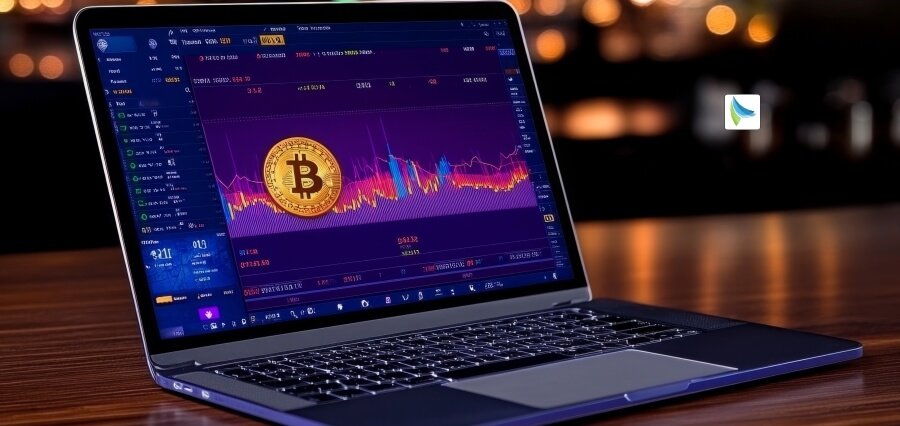Are you considering buying metals but unsure of what influences their costs? Whether you’re interested in gold, silver, copper, or another type, knowing how prices fluctuate can help you make better purchasing decisions. This guide covers the basics of metal pricing, so you’ll be well-informed before making a purchase.
Understanding Metal and Its Price
Metal price depends on various factors that impact supply and demand, including economic conditions, global trade, and market trends. Prices of precious and industrial metals fluctuate daily, so buyers need to understand the basics of these changes. When demand is high, prices tend to rise, and when demand falls, prices drop. Understanding how these forces affect costs will allow you to time your purchases better and potentially save money.
Factors That Affect the Cost of Metals
Several factors influence how much you’ll pay for different metals. Supply disruptions, such as mining issues or trade restrictions, can lead to sudden price hikes. Economic conditions, like inflation or recession, also impact costs. For example, during uncertain times, people often buy metals like gold as a safe investment, which raises demand and leads to price increases. Keeping an eye on these factors can help you predict price trends and make wiser buying choices.
Why Different Metals Are Priced Differently?
Not all metals cost the same, as each has unique applications and availability. Precious metals like gold and silver tend to be more expensive because they are rare and in high demand. Industrial metals, like copper and aluminum, are often more affordable but still experience price shifts based on supply needs in construction or electronics. Knowing the value of each type of metal helps buyers select the best option for their needs and budget.
The Role of Global Events on Metal Costs
Events happening worldwide have a big impact on metal costs. Wars, political instability, or economic changes in major exporting countries can cause prices to fluctuate. For instance, if a leading mining country faces disruptions, the limited supply can drive costs up. Similarly, trade agreements or tariffs can either lower or raise costs, depending on the situation. Staying informed on current events gives buyers insight into when prices may rise or fall.
How Technology Influences Metal Pricing?
Technological advancements also affect metal costs. As industries like renewable energy, electronics, and automotive sectors grow, so does the demand for specific metals. For example, lithium has seen an increase in demand due to its use in batteries for electric vehicles, raising its price. Being aware of technology trends can help buyers understand why certain metals might cost more than others and anticipate future demand.
Understanding Seasonal Trends in Pricing
Many buyers don’t realize that metal costs can be seasonal. For example, construction often increases during warmer months, raising the demand for metals like steel and copper. Conversely, demand might drop in winter, lowering costs. Recognizing these seasonal patterns can help buyers plan their purchases strategically and possibly save money.
The Benefits of Using Real-Time Data
Using real-time data on metal costs allows buyers to track market changes instantly. With real-time information, you can quickly react to price drops or increases, optimizing your spending. Apps and online tools provide constant updates, helping buyers stay informed and make better decisions.
Keeping an eye on metal price trends helps buyers make smarter investments, save money, and get the most value. By understanding factors like global events, technological advancements, and seasonal patterns, buyers in any market can approach their purchases with confidence. With a little preparation and research, you’ll be ready to make informed decisions.














